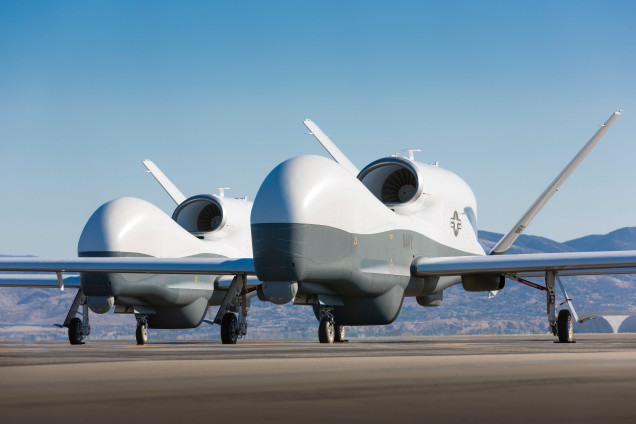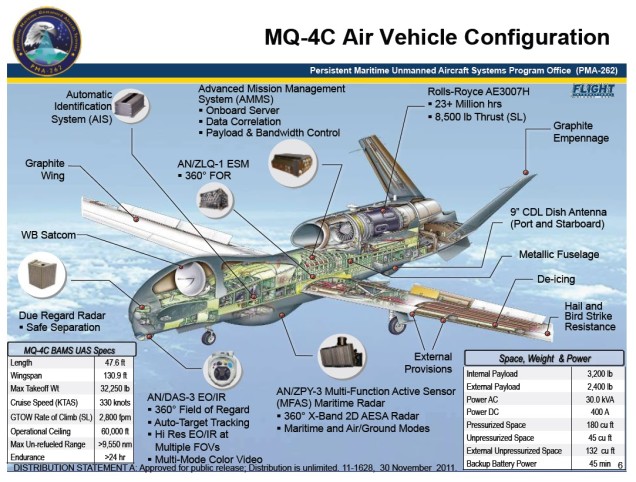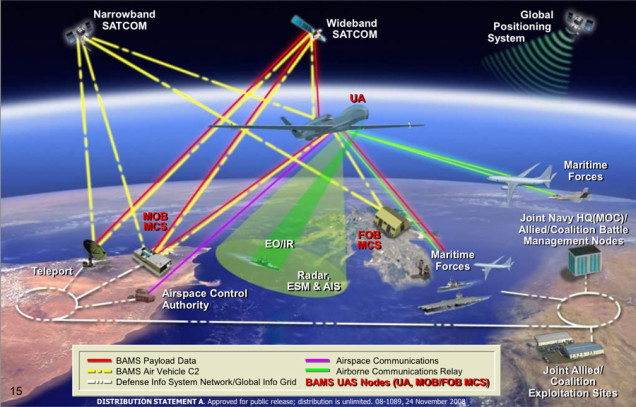This Drone is The Ultimate MH370 Search Tool, But It Is Not Operational Yet [VIDEO]
Mar 19, 2014 19:42

Testers at Edwards AFB in California and at Naval Air Station Patuxent River are working on the ultimate tool for searching missing aircraft - one that could help tie up the mystery of what happened to Malaysia Flight 370. Too bad it's not ready.
The semi-autonomous Northrop Grumman's "Global Hawk" Unmanned Aircraft System (UAS) design has the ability to fly over 24 hours at speeds of 330kts, and can survey a whopping 2,700,000 square miles of sea or coastline in a single sortie.
Its 360 scanning radar can also scan 2,000 miles in every direction, and it operates at 55,000 ft, and has an incredibly powerful and versatile rotating radar array.
The Triton's AN/ZPY-3 MFAS radar is a 360-degree field-of-regard active electronically scanned array radar that operates in the X-band. It was purpose built for maritime surveillance, but it is also capable of shoreline and overland snooping.

The Triton uses its system to scan large areas of sea and can take high definition radar pictures only of the contacts it picks up during a scan. It can efficiently classify or identify targets using advanced image and radar return recognition software and by reading ships' transponders using its onboard automatic identification system (AIS).

The Triton's advanced optical suite will allow it to not only transmit pictures of a target in question at standoff and close ranges, but it will also be able to designate targets and provide live streaming overwatch for special operations missions.







































































